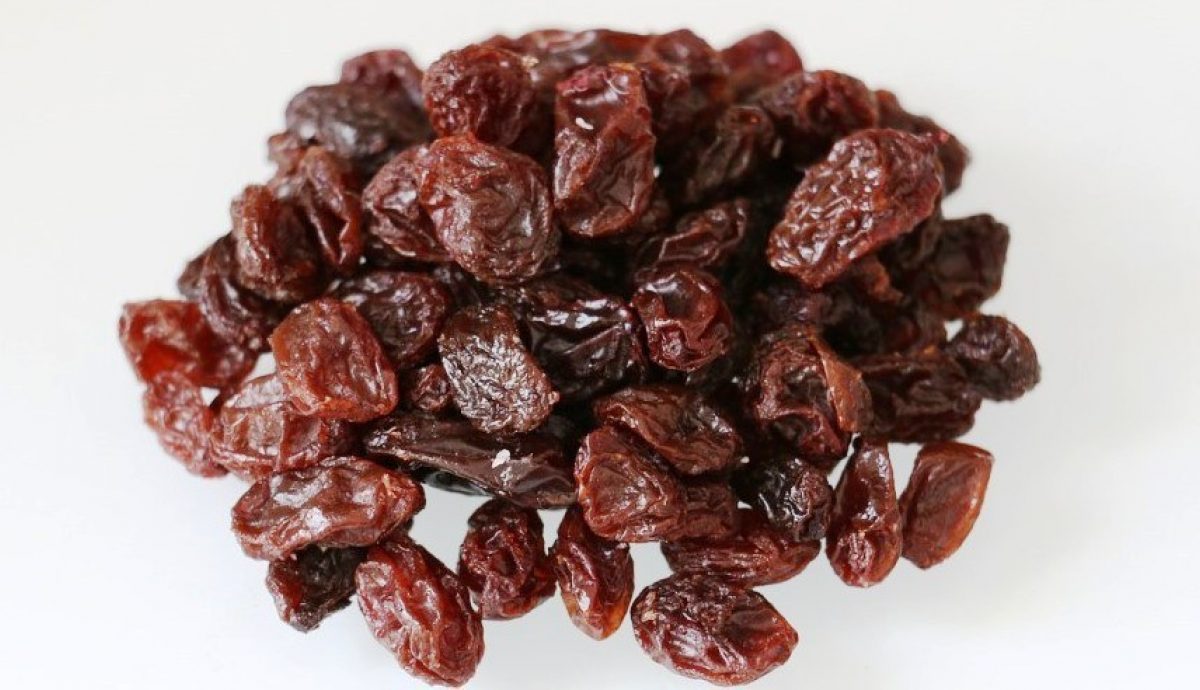Where Do Raisins Come From?
We interviewed a raisin farmer to find out what goes into making a raisin!

National Raisin Day is April 30th
We interviewed a raisin farmer to find out what goes into making a raisin!
Mark Diener is a farmer in Five Point, California. He grows cotton, tomatoes, almonds, garlic, onions, wine grapes and of course raisin grapes with his father and brother on a 3000 acre farm.

1. Do you still call it a vineyard if you are growing raisin grapes?
Yes! It doesn’t matter if you are growing wine grapes or grapes for raisins, either way it is a vineyard.
2. What is the difference between a wine grape and a raisin grape?
Raisin grapes are always seedless, first of all. The most popular type of raisin grape is called Thompson seedless, but actually we grow some hybrids here called Fiesta and Dovine. These grapes, besides being seedless have very high sugar content. Raisin grapes also have a more mild flavor than wine grapes.
3. After harvest where do your grapes go?
Traditionally raisin grapes are hand cut and laid out in the sun on trade paper. They will sit out there in the sun to dry then get rolled up. This is a very labor intensive process. On our farm we use a different method called “dry on the vine.” We train our canes (that is the branch of the vine) to grow up a wire. Then the grapes hang below the wire while the branch is supported. When the sugar is just right, we cut the canes to cut off supply to the water. Then the grapes dry right there. A machine is used to shake the raisins off the vines once they are dry.
4. How can you tell when the sugar is right?
A device called a refractometer samples the juice from a sampling of grapes. We are looking for the levels to be a certain percentage of sugar. This is called “brix.” For raisins to be harvested they should be around 21 to 23 brix.

5. What different skills do you need to be a successful raisin farmer?
Farming is a lot of business, and you got to be sure economically you are always doing the right things, but it is even more science and art. There is a real art to growing a plant that they don’t teach you in science class. You need to understand the plant so you know when you can stress it and know what it needs at the right time.
You also need to understand engineering; especially here in California where you need to move a lot of water around and do it efficiently. There is a lot to consider, flow rates, friction losses due to elevation and more - all just to get it from point A to point B.
(Sounds complicated! Good thing farmers are great at conserving water! Check out educational resources we have on water)
6. Do you like raisins?
Yes I do like raisins! They are great on a lot of stuff, but also really good just plain out of the box. I should eat even more! They are nutritious and the sugars are all natural.
So there you have it folks! A little 4-1-1 on raisins! So go grab a box! Isn’t it snack time?
Learn more about where raisins come from read “California Raisins” by Karen Adler
Curious about where other foods come from? Check out 7 Things that Grow...How?









